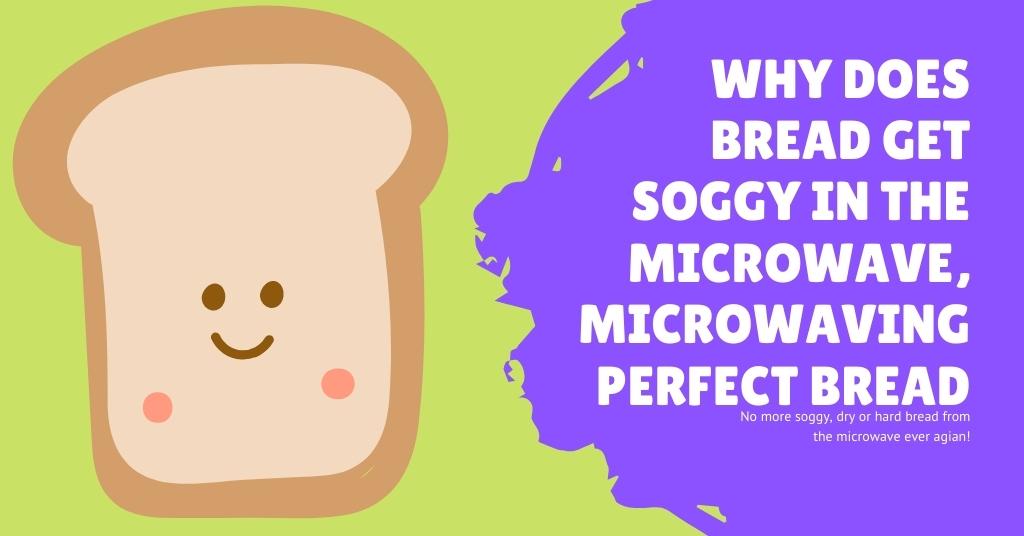I am a well-rounded expert with proficiency in several fields. My experience spans from being a dedicated chef and homemaker. As a passionate homesteader, I’ve honed my skills in sustainable living and animal care, ensuring a holistic approach to everything I undertake. Email me or Txt: (# removed due to spam, please email)
Have you ever wondered why your bread gets soggy when you microwave it? It’s not just you—it happens to everyone. But why does it happen, and is there anything you can do to prevent it? Let’s find out.

When bread is heated in the microwave, the water in the bread begins to evaporate as the microwaves agitate the water molecules.
This evaporated water turns to steam which causes the bread to feel soggy while it’s still warm.
Once you take it out, and as soon as it cools down it becomes rock hard. This is because the water that was inside the bread has now evaporated, leaving the bread dry.
So what can you do to prevent this from happening?
The best way to keep your bread from getting soggy and then rock hard in the microwave is to heat it for a shorter amount of time, or at a lower power setting.
You can also wrap your bread in a loosely damp paper towel. The microwave will heat up the paper towel before it dries out the bread, keeping it moist but still defrosted or warm.
This is because the heat will transfer from the damp paper towel while also allowing excess moisture to remain in the bread.
A less effective method, but still valid, is to place a mug of water inside the microwave alongside the bread.
This will cause the microwaves to target and be absorbed by the larger body of water, which in turn means less energy is hitting the bread.
It also adds a bit of humidity in the microwave which helps keep the bread from drying out.
This works well for other foods you may be cooking or reheating in the microwave that has a tendency to dry out, like chicken.
So there you have it! A few simple tips to help keep your bread from getting soggy or rock hard in the microwave. Just remember to experiment with cooking times and power settings until you find what works best for you.



